Investment in Research and Development
Investment in research and development (R&D) is a crucial driver for the Antithrombotic Drugs Market. Pharmaceutical companies are increasingly allocating resources to discover and develop innovative antithrombotic therapies that address existing limitations in current treatments. This focus on R&D is essential for the introduction of new drugs that offer improved efficacy, safety, and patient compliance. Furthermore, collaborations between academia and industry are fostering a conducive environment for innovation, leading to the development of novel therapeutic agents. As the demand for more effective antithrombotic solutions grows, the market is likely to benefit from these investments, resulting in a wider array of treatment options for healthcare providers and patients alike. The Antithrombotic Drugs Market is thus positioned for sustained growth as new discoveries emerge from ongoing research efforts.
Evolving Treatment Guidelines and Protocols
The evolution of treatment guidelines and clinical protocols is shaping the Antithrombotic Drugs Market. Regulatory bodies and professional organizations are continuously updating recommendations based on emerging clinical evidence, which influences prescribing practices among healthcare providers. For instance, recent guidelines have emphasized the use of direct oral anticoagulants over traditional therapies, reflecting a shift towards more effective and safer treatment options. This evolution not only impacts the types of antithrombotic drugs that are favored but also drives market dynamics as new products are introduced to align with these guidelines. Consequently, the Antithrombotic Drugs Market is likely to experience growth as healthcare professionals adapt to these changes and seek to provide optimal care for patients at risk of thromboembolic events.
Rising Awareness and Education on Thrombosis
Increased awareness and education regarding thrombosis and its associated risks are pivotal drivers for the Antithrombotic Drugs Market. Public health campaigns and educational initiatives by healthcare organizations are effectively informing patients and healthcare professionals about the importance of early detection and management of thromboembolic disorders. This heightened awareness is likely to lead to more patients seeking preventive measures and treatment options, thereby increasing the demand for antithrombotic therapies. Moreover, healthcare providers are becoming more proactive in screening at-risk populations, further contributing to market growth. As a result, the Antithrombotic Drugs Market is expected to expand as more individuals are diagnosed and treated for conditions that necessitate antithrombotic intervention.
Technological Innovations in Drug Development
Technological advancements in drug development are significantly influencing the Antithrombotic Drugs Market. Innovations such as high-throughput screening, artificial intelligence, and personalized medicine are streamlining the drug discovery process, enabling the rapid identification of effective antithrombotic agents. These technologies not only enhance the efficiency of drug development but also improve the safety and efficacy profiles of new therapies. For instance, the introduction of novel oral anticoagulants has transformed treatment paradigms, offering patients more convenient options with fewer dietary restrictions. As research continues to evolve, the market is likely to witness the emergence of next-generation antithrombotic drugs that address unmet medical needs. This dynamic environment suggests a robust growth trajectory for the Antithrombotic Drugs Market, driven by continuous innovation and improved patient outcomes.
Increasing Prevalence of Cardiovascular Diseases
The rising incidence of cardiovascular diseases is a primary driver for the Antithrombotic Drugs Market. Conditions such as atrial fibrillation, deep vein thrombosis, and pulmonary embolism are becoming more prevalent, leading to a heightened demand for effective antithrombotic therapies. According to recent data, cardiovascular diseases account for a significant portion of global mortality, prompting healthcare systems to prioritize prevention and treatment strategies. This trend is likely to bolster the market for antithrombotic drugs, as healthcare providers seek to mitigate risks associated with thromboembolic events. Furthermore, the aging population is expected to contribute to this increase, as older individuals are more susceptible to these conditions. Consequently, the Antithrombotic Drugs Market is poised for growth as new therapies are developed to address these pressing health concerns.


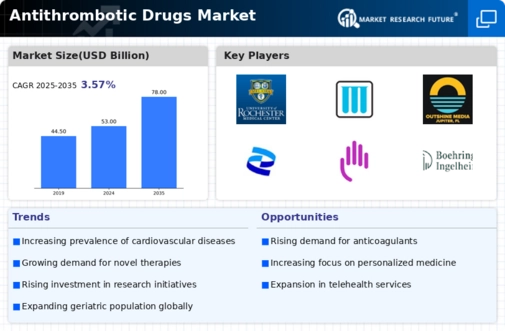
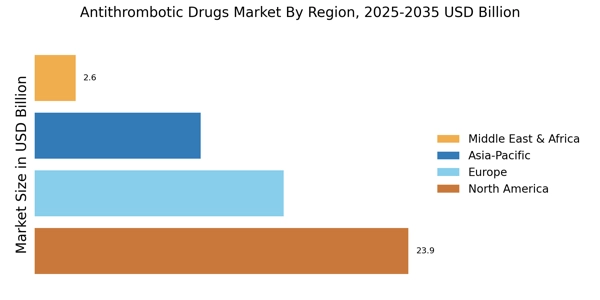
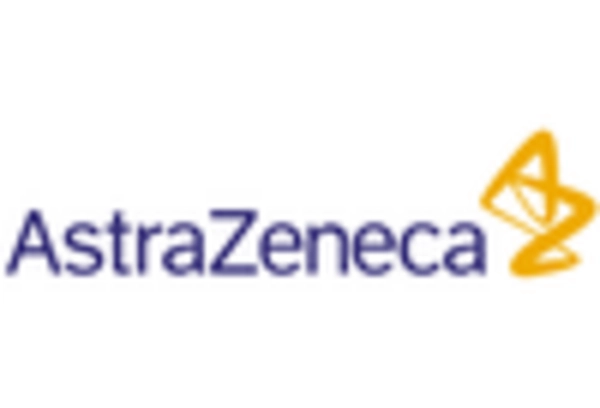

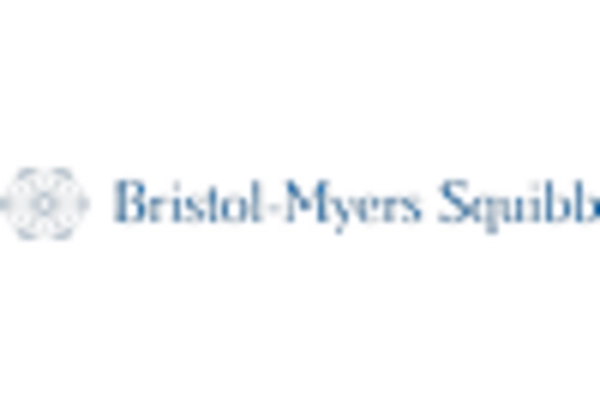


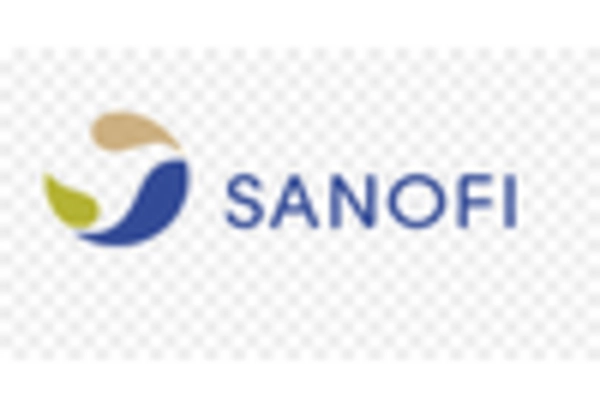








Leave a Comment